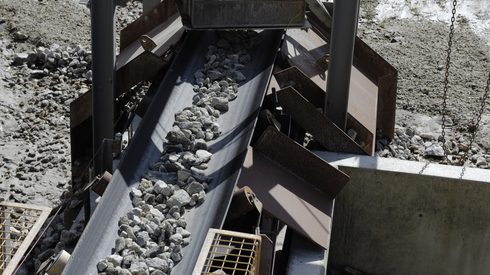The deadly storm may lead to a temporary near-to-medium-term uptick in steel prices, as scrap flows dwindle and the need for new steel soars, sources said.
“[Original equipment manufacturers] and service centers will experience a boost in sales to rebuild from the hurricane,” one mill source said. “The rebuild includes new equipment like tree-trimming trucks, utility trucks, new cars, new buildings, etcetera.”
The Category 4 storm brought extreme flooding and winds to a swath 275 miles from the storm’s eye, according to a September 25 warning from the National Atmospheric and Oceanic Administration. President Joe Biden said in an announcement on Tuesday October 1 that the storm has killed at least 100 people so far, and 600 remain missing.
“It’s not just a catastrophic storm; it’s a history-making storm [for] the entire Southeast and Appalachia,” he said. “Damage from the hurricane stretches across at least 10 states. Winds over 120 miles an hour in some places. Storm surges up to 15 feet and record flooding.”
A representative from Gerdau Long Steel North America said the company’s facilities adjacent to the storm’s path in the Southeast were spared.
“We were very fortunate and didn’t suffer any significant operational impacts from Hurricane Helene,” the representative said.
At least two mills reportedly closed late last week due to electrical disturbances. The mills did not respond to requests for comment at the time of publication.
Scrap flows have also reportedly been hindered due to flooding and other logistical issues.
While the economic toll of Hurricane Helene is not yet known, it is expected to rank among the costliest in US history, joining the ranks of 2017’s Hurricane Harvey and 2005’s Hurricane Katrina.
Immediately prior to Harvey’s landfall in Texas in late August 2017, Fastmarkets’ then-bi-monthly rebar price was $26.75-27.50 per hundredweight ($535-550 per short ton) on August 16. By September 6, the price had jumped by 7.37% to $28.25-30.00 per cwt.
“It will be interesting to see if the storm creates some tightness in the market in the coming months, with houses and appliances being destroyed,” one service center executive said. “The mills are looking for something to grab onto and this will be no different.”




